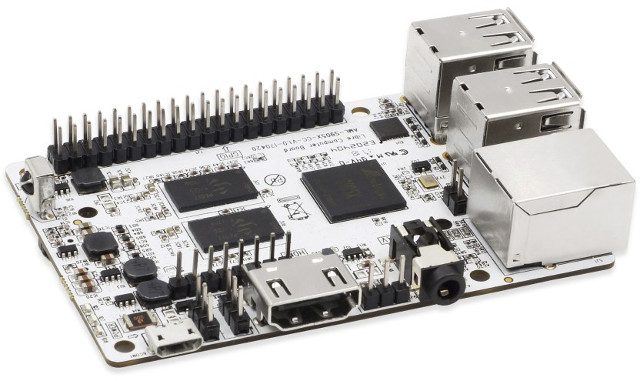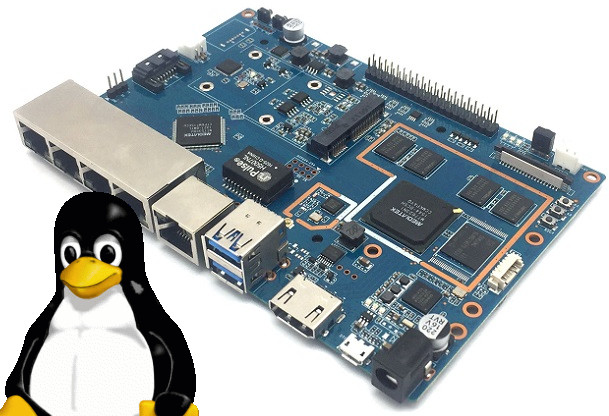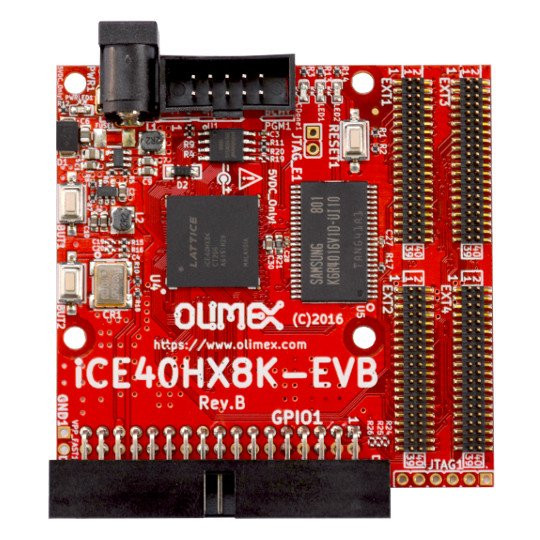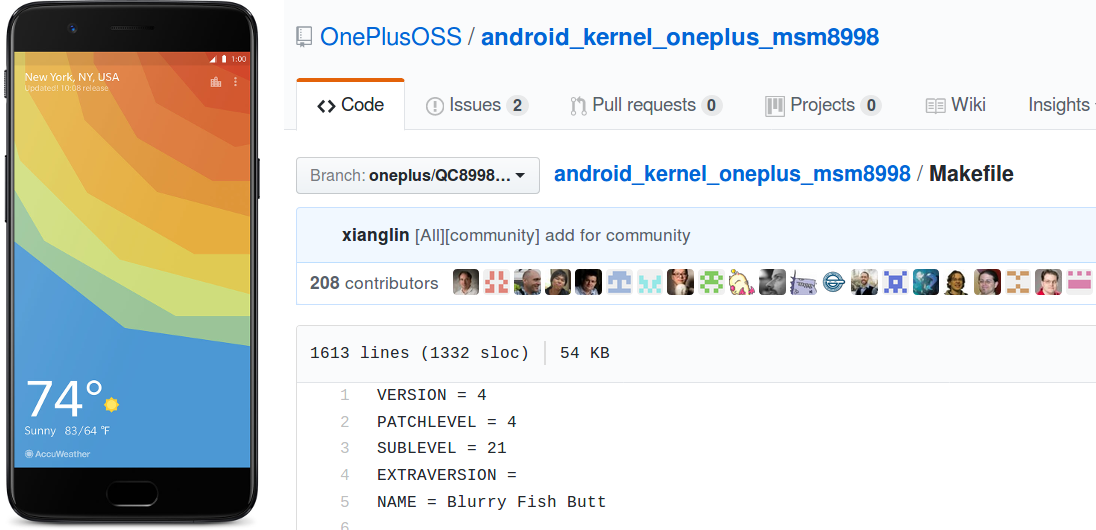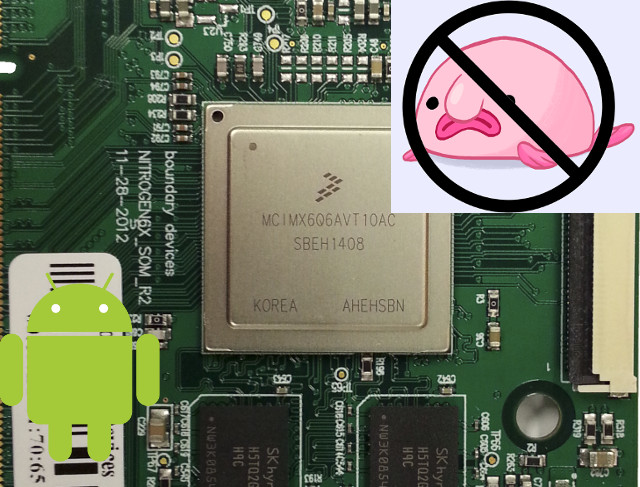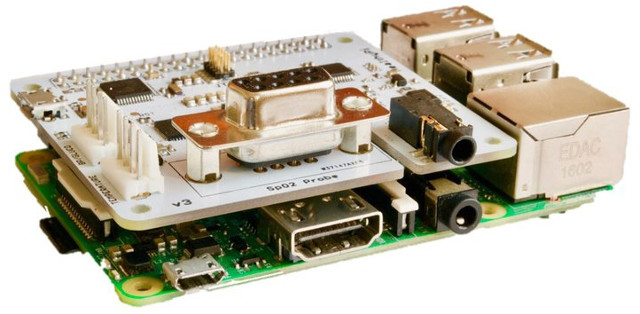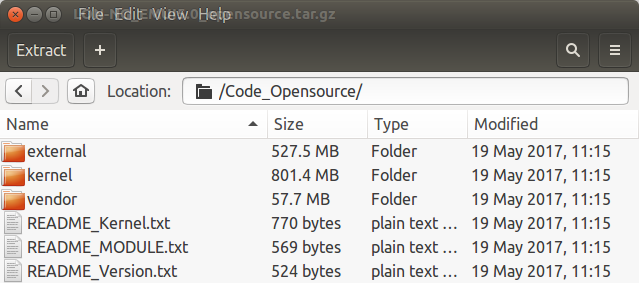Up to now there were two notable Amlogic S905(X) development boards: ODROID-C2 and Khadas Vim. Shenzhen Libre Technology Co., Ltd, a Shenzhen startup, is about to bring one more to the market with Le Potato board, aka AML-S905X-CC, powered by Amlogic S905X processor with 1 or 2 GB RAM, and in a form factor similar to the Raspberry Pi 3 board. Le Potato /AML-S905X-CC board specifications: SoC – Amlogic S905X quad core ARM Cortex-A53 processor @ 1.5 GHz with penta core ARM Mali-450MP GPU, and Amlogic Video Engine 10 System Memory – 1GB or 2GB DDR3 RAM Storage – 1x micro SD Card slot with UHS SDR104 support, eMMC module connector with HS400 support Video Output – HDMI 2.0 Port, 3.5mm TRRS “AV” jack with CVBS (480i / 576i) Audio Output – HDMI, AV jack (stereo audio), SPDIF output header, and I2S header Connectivity – 10/100M Ethernet USB – 4x […]
Banana Pi BPI-R2’s U-boot & Linux 4.4 Source Code & MediaTek MT7623N Datasheet Released
Banana Pi BPI-R2 is a multimedia router board powered by MediaTek MT7623N quad core processor with 2GB RAM, 5 Gigabit Ethernet ports, up to two SATA ports, two USB 3.0 ports, HDMI output, and I/O headers. The board is not for sale yet, but the company has recently released the source code with U-boot and Linux 4.4.70, as well as a datasheet for MediaTek MT7623N processor. The source code can be found on Github, so let’s see if we can build it:
|
1 2 3 4 5 6 7 8 9 10 11 12 13 14 15 16 17 18 19 20 21 22 23 |
git clone https://github.com/BPI-SINOVOIP/BPI-R2-bsp cd BPI-R2-bsp/ sudo apt install gcc-arm-linux-gnueabihf ./build.sh ./build.sh NOTICE: new build.sh default select BPI-R2-720P and pack all boards supported boards: BPI-R2-720P BPI-R2-720P configured. Now run `make` This tool support following building mode(s): -------------------------------------------------------------------------------- 1. Build all, uboot and kernel and pack to download images. 2. Build uboot only. 3. Build kernel only. 4. kernel configure. 5. Pack the builds to target download image, this step must execute after u-boot, kernel and rootfs build out 6. update files for SD 7. Clean all build. -------------------------------------------------------------------------------- Please choose a mode(1-7): 1 |
After a couple of minutes, the build would end with:
|
1 2 3 4 5 |
usr/lib/u-boot/bananapi/ usr/lib/u-boot/bananapi/bpi-r2/ usr/lib/u-boot/bananapi/bpi-r2/BPI-R2-720P-2k.img.gz Build success! |
For the very last step, it asks you to login as root / sudoer, which it should not do… But we end up with the images, so at least it builds:
|
1 2 3 4 5 6 7 8 |
ls -lh ./SD/ total 27M drwxrwxr-x 2 jaufranc jaufranc 4.0K Jun 28 10:46 100MB -rw-rw-r-- 1 jaufranc jaufranc 22M Jun 28 10:46 4.4.70-BPI-R2-Kernel.tgz -rw-rw-r-- 1 jaufranc jaufranc 151K Jun 28 10:46 BOOTLOADER-bpi-r2.tgz drwxrwxr-x 3 jaufranc jaufranc 4.0K Jun 28 10:46 BPI-BOOT -rw-rw-r-- 1 jaufranc jaufranc 4.8M Jun 28 10:46 BPI-BOOT-bpi-r2.tgz drwxrwxr-x 4 jaufranc jaufranc 4.0K Jun 28 10:46 BPI-ROOT |
MediaTek has also been active by committing patchsets for MT7623 to the Linux Kernel Mailing List, so mainline Linux is an eventual possibility for […]
IceZero Lattice iCE40 FPGA Board is Designed for Raspberry Pi Zero
Yesterday, we reported about Olimex’s open source hardware iCE40HX8K-EVB board with a Lattice iCE40 (HX8K) FPGA, and today, another iCE40 FPGA board, also open source hardware, appeared in my news feed with Trenz Electronic’s IceZero board specifically designed to be programmed using a Raspberry Pi Zero board. IceZero board specifications: FPGA – Lattice ICE40HX4K with 3520 logic gates, and 80 Kbit memory Storage – SPI Flash for FPGA self-configuration Misc – 3x User LEDs; User Clock: 100 MHz Expansion – 4x unpopulated PMOD Connectors; 40-pin Raspberry Pi female header Dimensions – 56 x 30.5mm (Raspberry Pi HAT Compatible) The board is supported by icoTC open source FPGA toolchain for Windows and Linux, which you can use in Raspberry Pi Zero (W), and other RPi board with a 40-pin header running Raspbian, as explained in that simple example in Github. Trenz electronic only shared part of the documentation, but you’ll find […]
Olimex Introduces 40 Euros iCE40HX8K-EVB Board with Lattice ICE40 FPGA
Last year, Olimex launched their first FPGA board with iCE40HX1K-EVB. The board is very cheap at 22 Euros, but what you can do with it is limited since it only comes with 1280 logic cells. The company has now introduced an upgraded model called iCE40HX8K-EVB with 7680 logic cells, and more I/O headers. Olimex iCE40HX8K-EVB specifications: FPGA – Lattice Semi iCE40HX8K-CT256 FPGA with 7680 logic gates, 960 Logic Array Blocks, and 128 Kbit memory System Memory – 256Kx16 SRAM (512KB SRAM) Storage – 2MB serial flash Expansion 34-pin connector to access FPGA I/Os 4x 40 pin connectors for GPIOs Debugging / Programming – 10-pin “PGM” connector Misc – 2x user buttons, reset button, 2x user LEDs, power & programming status LEDs Power Supply – 5V via power jack Dimensions – 67×65 cm The board is open source hardware with the KiCAD schematics and PCB layout, BoM, and Gerber files available […]
OnePlus 5 Smartphone Linux Kernel & Android Source Code Released
OnePlus 5 is a premium smartphone powered by a Qualcomm Snapdragon 835, 6 to 8 GB LPDDR4x RAM, 64 to 128 GB UFS 2.0 storage and a 5.5″ Full HD display, as well as the usual LTE, WiFi, Bluetooth, GPS.. connectivity. It was launched yesterday for $479 with 6GB RAM/64GB storage, $539 with 8GB RAM/128GB storage, and today, I’ve just read on XDA developers that the company had already released the source code for the phone. Beside the official Google Nexus/Pixel smartphones, many manufacturers will drag their feet before they eventually open the source code that they are legally required to release. Some companies will release the source code as tarballs, which works, but OnePlus has done better with Linux 4.4.21 source code available on Github. You should also be able to get the Android 7.1 Nougat source code as indicated here:
|
1 2 |
repo init -u git://github.com/OnePlusOSS/android.git -b oneplus/QC8998_N_7.1 repo sync |
The source code should lead to improvements […]
Android Can Now Boot with a Full Open Source Graphics Stack on NXP i.MX6 Boards
While the Android operating systems is itself open source, it still relies on proprietary binary files to leverage GPU acceleration, VPU hardware decoding, wireless connectivity, and so on. It’s been possible to run Android with an open source software graphics stack, but it’s normally terribly slow and barely usable. But Collabora has announced it could now boot Android with a full-graphics stack on iMX6 platforms using no proprietary blobs at all. To do so, they leveraged the work done on Etnaviv open source drivers for Vivante GPUs, and adding the different formats used for graphical buffers in Android and Mesa library using modifiers representing different properties of buffers. They further explain: Support was added in two places; Mesa and gbm_gralloc. Mesa has had support added to many of the buffer allocation functions and to GBM (which is the API provided by Mesa, that gbm_gralloc uses). gbm_gralloc in turn had support […]
HealthyPi Raspberry Pi HAT Measures ECG, Body Temperature, and Oxygen Saturation (Crowdfunding)
Bangalore based ProtonCentral has launched the third version of Healthy Pi, a vital sign monitor using the Raspberry Pi as its computing and display platform, and capable of measuring body temperature, oxygen saturation, and ECG/respiratory data. Healthy Piv3 board specifications: MCU – Atmel ATSAMD21 ARM Cortex M0 MCU, compatible with Arduino Zero Vital Signs Chips ECG and respiration front-end – TI ADS1292R 24-bit analog front-end with SNR of 107 dB Pulse oximetry – TI AFE4490 Pulse Oximetry front-end with integrated LED driver and 22-bit ADC Temperature – Maxim MAX30205 digital body temperature sensor for skin temperature sensing Expansions Headers and Ports 1x 40-pin header to connect to Raspberry Pi 2x 3-pin connectors for temperature and BP/GLUCO DB9 connector for finger-clip Spo2 probe 3.5mm jack for ECG cable and probes 1x UART connector for an external blood pressure module USB – 1x micro USB port for power and programming Debugging – […]
Open Source Code Released for Hisilicon Kirin 960 Based Huawei Mate 9 and Huawei P10 Smartphones
Manufacturers of products using open source software are normally required to release the source code with their modifications to follow licenses such as the GPL, but not all comply with the license. Huawei has now released the source code with Linux and other open source libraries and programs for their Huawei Mate 9 / Mate 9 Pro and Huawei P10 / P10 Plus models powered by Hisilicon Kirin 960 processor. With the release of Hikey 960 development board most of the source code for Kirin 960 should already be available, but it’s possible some drivers/modules specific to Huawei phones may be found instead of in the Huawei release. You’ll find the download in Huawei’s open source page for: Huawei Mate 9 (MHA) / Mate 9 Pro (LON) – Link to downloads Huawei P10 (Victoria) / P10 Plus (Vicky) – Link to downloads I picked up the LON-NG_EMUI5.0_opensource.tar.gz tarball for Mate […]


